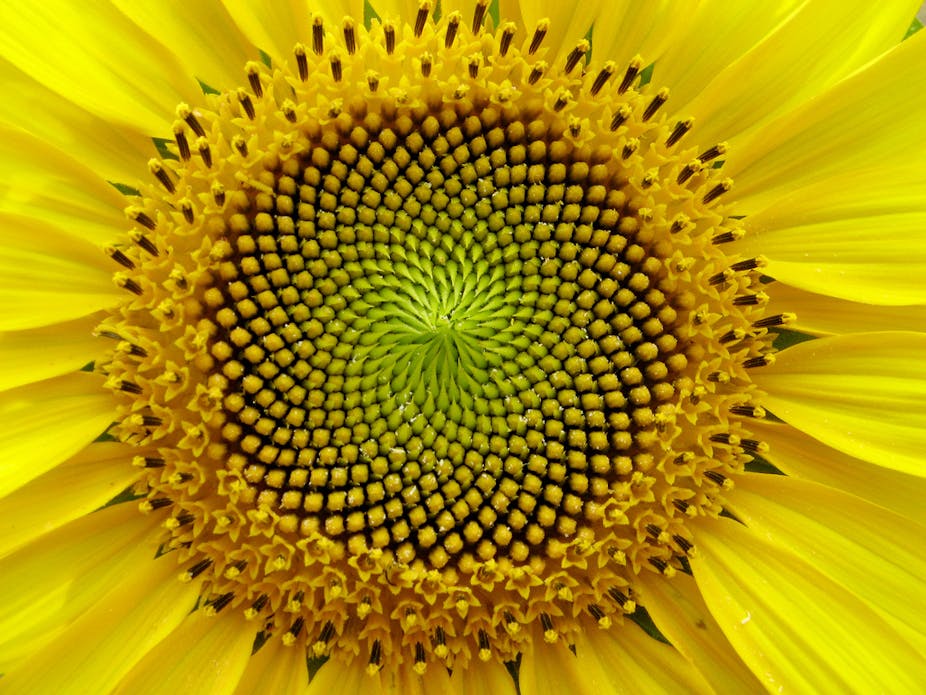Thousands of students are preparing to begin their job searches with newly earned STEM (science, technology, engineering and mathematics) degrees in hand, eagerly waiting to use the logical, analytical and practical skills they’ve acquired.
However, as qualified as they might be, they could be missing one critical component of the STEM field – art.
I pursued an education and career in computer science and mathematics. And I know only too well that in the field of computer science, there is often an emphasis on elegance and beauty alongside sheer practicality. Indeed, programming itself is sometimes referred to as an art.
It is the same in related fields. The discipline of mathematics has long championed beauty as an important quality of ideas and proofs. And, of course, many engineers value elegance and beauty as important components in their designs and solutions.
Poetry is at the heart of technology
As many seasoned programmers and mathematicians will tell you, there is poetry in technology. In fact, some regard such poetry as being at the heart of what they do.
In the 1980s, Tracy Kidder wrote The Soul of a New Machine, a book about the pressure and effort of building a next-generation computer. But more importantly, that account opened a lot of people’s eyes to the passion and beauty in creating these machines.
Many of the engineers in the book repeatedly explained that they didn’t work for the money, but rather for the gratification of invention and design – in essence, the beauty of it.
Indeed, reading that book was especially meaningful to me as I began my own studies in computing.
As I know through experience, constructing something poetic/beautiful is very fulfilling to the practitioner. Computer scientists value elegance and beauty in the creation of algorithms and computer programs.
Mathematical beauty around us
Similarly, ideas of beauty and poetry have always been important in mathematics.
Prominent mathematicians and computer scientists have long embraced elegance, beauty, poetry and literacy in the code that they write and the theorems that they prove.

These ideas, in fact, have been around for millennia. Indeed, the extreme separation of the disciplines is relatively new in Western history.
Those doing science (natural philosophy) and mathematics were also often doing poetry and music. Many of today’s disciplines were subsumed as philosophy. So contemporary surprise at the idea that science and mathematics could be poetic is a somewhat recent phenomenon.
For example, Pythagoras was a philosopher/scientist/mystic/mathematician who explored beauty in art and music.
This attention to beauty and pattern continued through Fibonacci and beyond.
Fibonacci (13th century), considered to be the leading mathematician in the Middle Ages, is probably best known for the Fibonacci Sequence named after him: a number in the sequence is the sum of the previous two numbers (eg, start with 1, 2; then add to get 3. Then add 2, 3 to get 5, and it goes on: 1,2,3,5,8,13,21,34,…). Fibonacci discovered that much else that we regard as beautiful follows this elegant pattern.
This technical, mathematical beauty is evident in all of nature – from flower petals and shells to spiral galaxies and hurricanes,
Discoveries come through intuition
Intuition and discovery, rather than a kind of routine analysis, are important in computing as well as mathematics and science. Significant insights are known to come through intuition.
Intuition is deemed to be so important that developing “computer intuition” is one of the goals in the subfield of artificial intelligence.
So, in computing, there is really no “standard” way to write complex, interesting and aesthetically pleasing programs. Little surprise then that Stanford Professor Emeritus Donald Knuth’s four-volume masterpiece is titled The Art of Computer Programming.
Similarly, years ago a colleague in the arts told me about the PBS show on Andrew Wiles’s proof of Fermat’s Last Theorem. Wiles, a British mathematician, devoted much of his career to proving Fermat’s Last Theorem, a problem that no one had been able to solve for 300 years.
My colleague confided that she was moved to tears during the program. Until that show she had thought that mathematics was cold, dry, absolute and passionless. That show completely changed her view so that she could finally see the passion and the poetry that permeates the STEM fields.
STEM versus liberal arts?
Many STEM graduates today spend their college years enrolling only in courses they believe will benefit them in their field, zeroing in on skills that will make them more marketable in the digital age, while overlooking social sciences, humanities and the arts. Of course, likewise, many humanities students try to avoid taking science and mathematics courses.
And it shouldn’t be this way; but that’s a discussion for another day.
It’s projected that 685,000 new employment opportunities will be created by 2022 in computer and mathematical occupations.
But today’s students need to remember that technology is not just a matter of rote procedure – completing the task according to set protocol; that would not be particularly elegant.
As sciences, technology and computing become ever more powerful forces in the world, it’s important that the people piecing these things together are ethical and bring in the human attributes that are central to a liberal arts education.
We need thinkers, visionaries and creative minds. As the technology industry grows – and with it, employment opportunities – we need more candidates who are rooted in thought and fewer who can simply carry out a task.
For those students graduating with a liberal arts degree, who are unsure where their job hunt will take them, we welcome you with open arms to technology, mathematics and computing.
And for those in technology, celebrate your humanity and the the available cultural riches; become aware of the intuition and the poetry in what you do. Bring with you your love for beauty, passion and artistry, and be prepared to use them.

